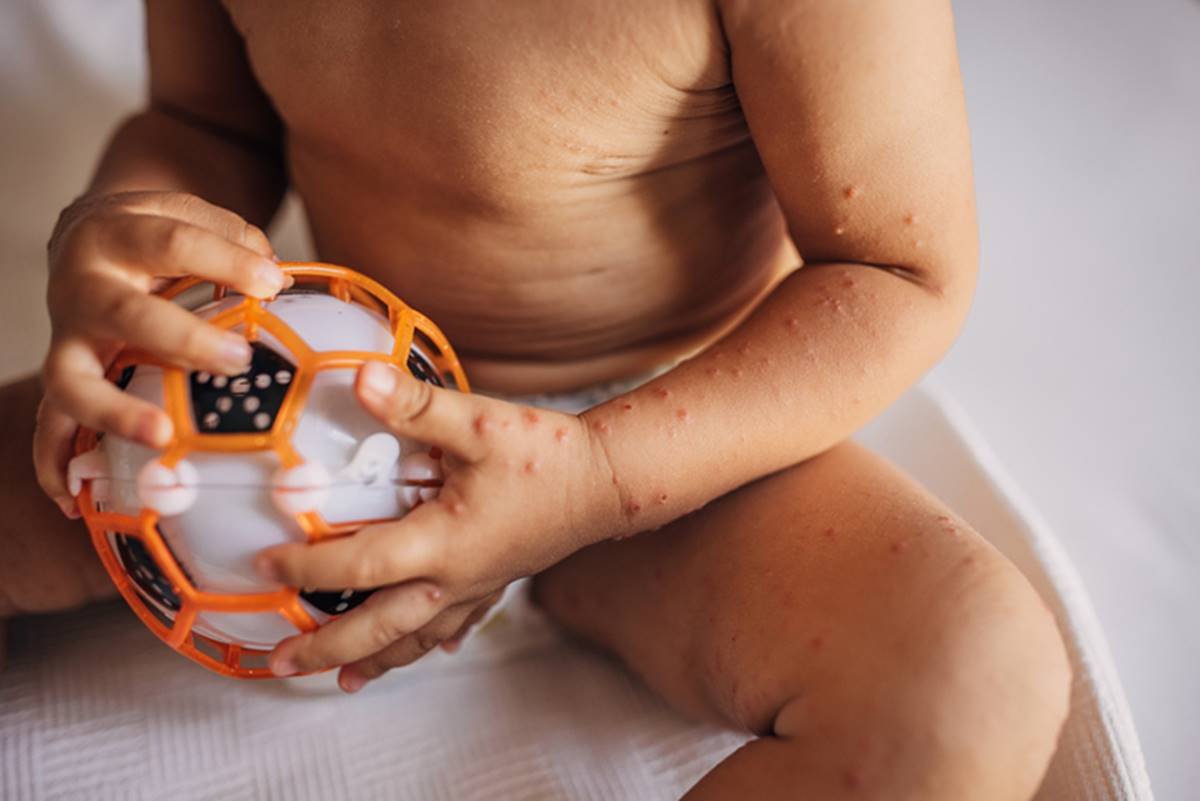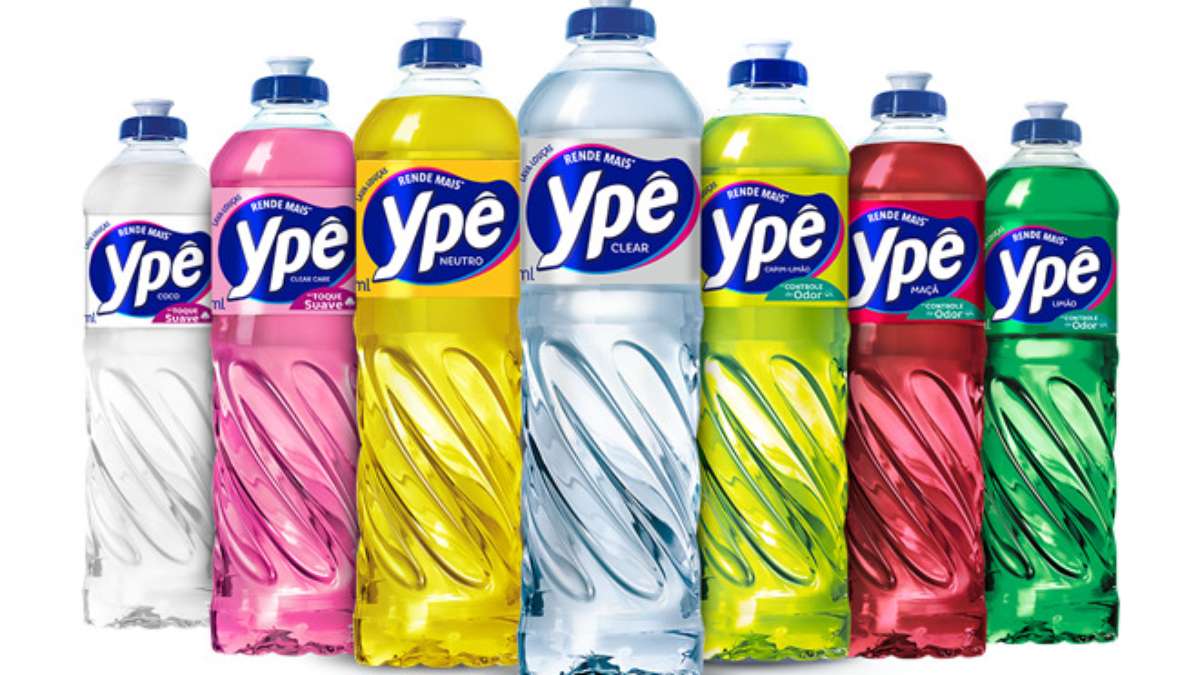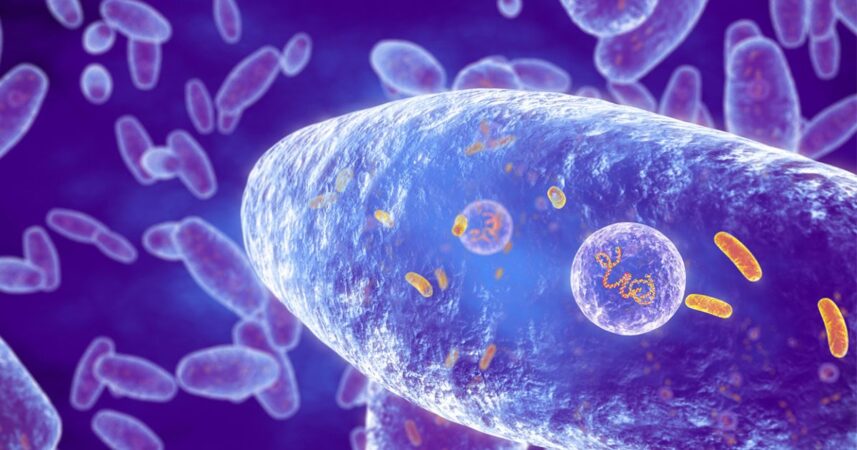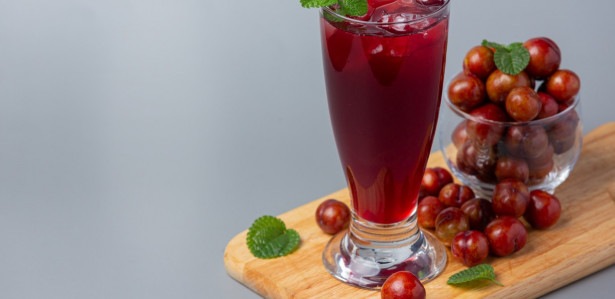
The state of SP had 391 hand, foot, and mouth outbreaks from January to March. The syndrome affects more children up to the age of five and is more common in the fall
Sao Paulo Hand, foot and mouth disease outbreaks increased by 149% in São Paulo state this year. From January to March, the cities of São Paulo recorded 391 epidemics of the viral syndrome, which is more common among children up to five years of age.
According to the state health department, there were 157 reported foot and mouth outbreaks in the same period of 2022. Throughout the past year, the volume recorded 387 epidemics of the disease.
The seasonal syndrome usually occurs more in the fall (between April and June), as do respiratory illnesses, bronchitis, and sinusitis. Transmission occurs through airway secretions, saliva droplets, the fecal-oral route, and contact with pests.
The virus persists in places for weeks at room temperature, perpetuating the outbreak. The virus has an incubation period of one to seven days after infection and can remain in oral mucosal secretions for up to two weeks and in the respiratory tract for one to three weeks after infection.
Symptoms and treatment
Hand, foot, and mouth can cause stomatitis (a type of ulcer that hits the inside of the mouth), difficulty swallowing, drooling, and a high fever for the first few days. Later, the symptoms are small blisters on the hands and soles of the feet, and red spots in the mouth, tonsils, and pharynx. The disease can also cause a lack of appetite, vomiting and diarrhea.
Usually, as with other viral infections, the disease recedes spontaneously after a few days. There is no vaccine against this disease, so, in most cases, only the symptoms are treated, ”says Hilmar Abreu Rocha Verlangeri, pediatrician at Darcy Vargas Hospital.
Recovery may take 7 to 10 days. Analgesics, antipyretics, and hydration may be used to treat symptoms. Social isolation of patients is recommended to prevent disease transmission. Children should not go to nursery or school for seven days or until the skin lesions are gone.
protection
The main preventive measures are attending to basic hygiene, such as washing hands well, and avoiding crowds, especially during periods of outbreaks. Check out other precautions:
- avoid sharing things like ointments and wet wipes when changing diapers;
- Avoid contact with hands and mouth.
- Disinfection of items for personal use and the environment with 70% ethyl alcohol solution or disinfection with chlorinated solution;
- Avoid the circulation of children under the age of five in public gatherings during periods of disease outbreaks.

“Friendly zombie guru. Avid pop culture scholar. Freelance travel geek. Wannabe troublemaker. Coffee specialist.”






